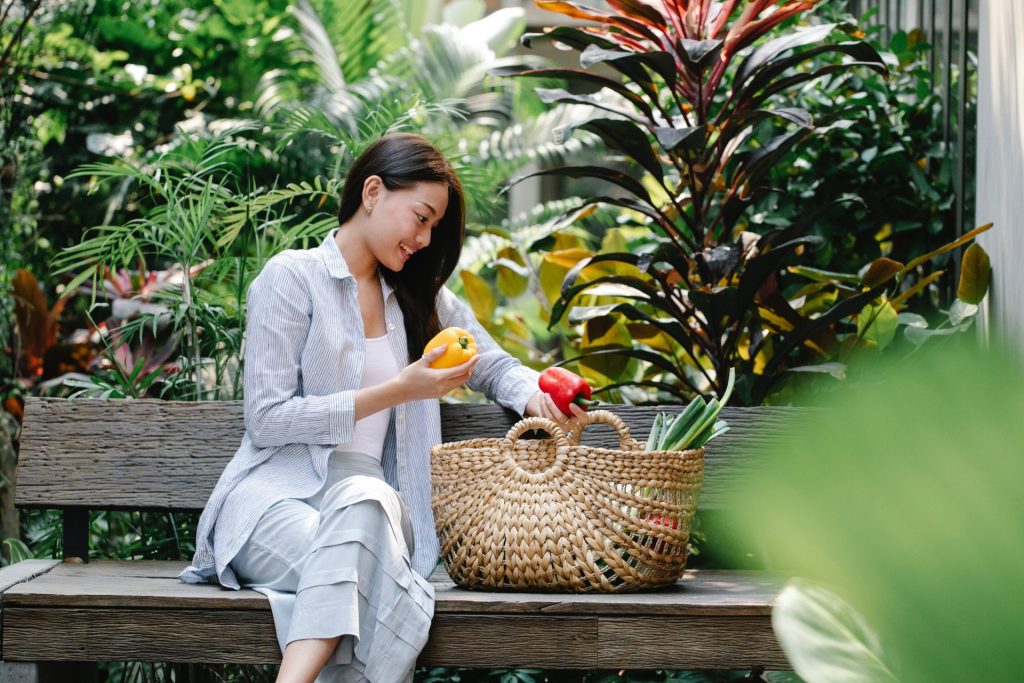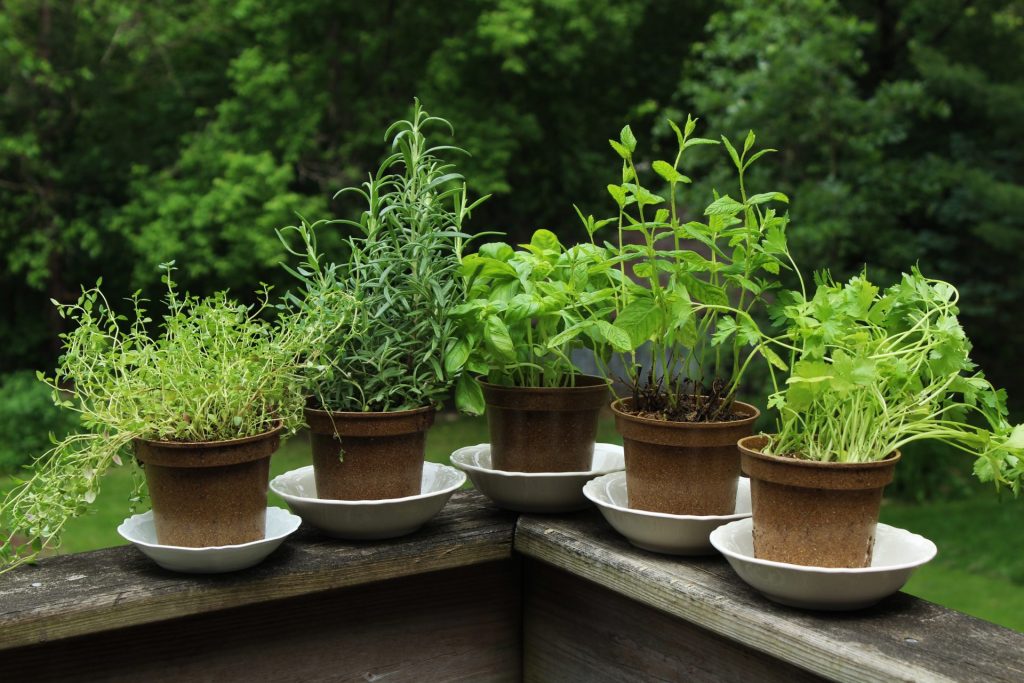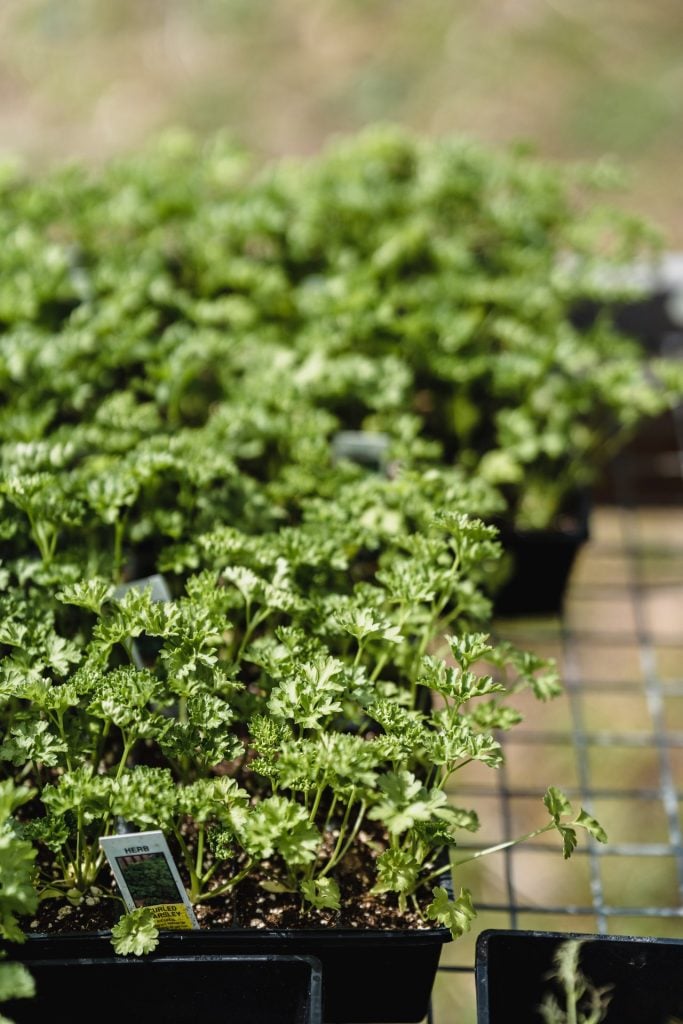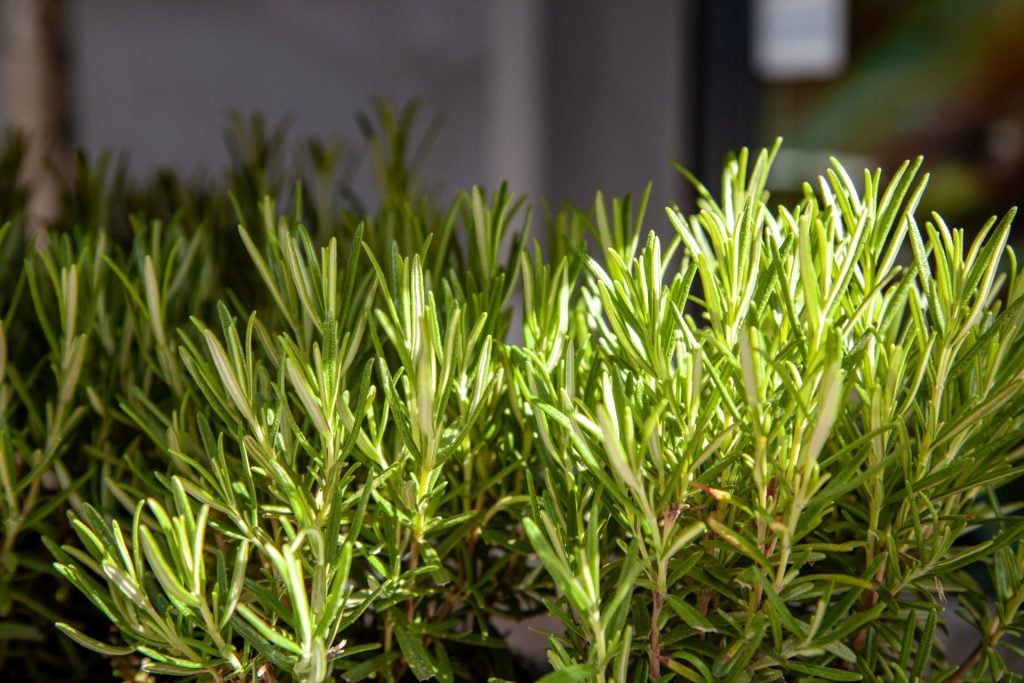BLOGS
Edible Garden To Make Your Home Pretty & Healthy
Giving time in the garden, tending plants, and growing their food can benefit people with disabilities, the elderly, and children. You can create an engaging, enjoyable and useful area that can be used for an edible garden with some planning.
If you’re a plant lover or planning to be one, here’s to show you how to design a beautiful edible garden, from the layout, materials, and down to the types of herbs and crops to plant.
What is the meaning of Edible Garden?

An edible garden contains flowers, herbs, seeds, berries, and plants. You can begin small with a few pots, containers, or even a window box filled with herbs.
The practical integration of edible plants within an ornamental or decorative setting is known as edible landscaping. Edibles in landscape design can add a unique cosmetic component to a garden while providing additional health, aesthetic, and economic benefits.
Tips on How to Make an Edible Garden
Before you start an edible landscape or expand an existing one, consider what you want it to look like and how big it will be.
- Size: If you’re a beginner at vegetable gardening, start small by growing only a few crops. A small raised bed is easier to maintain than a large garden, allowing you to practice your gardening skills without feeling like a chore. After gardening for a season or two, you can always add more beds and containers or expand your growing space.
- Location: To crop correctly, most vegetables, herbs, and fruits require at least eight to ten hours of sunlight daily. This is especially true for fruiting plants such as tomatoes, peppers, cucumbers, and squash.Here in the Philippines, don’t you think Tagaytay can be suitable for making an edible garden? Its cooler climate can be advantageous for growing certain types of crops that might struggle in hotter and more humid areas.
And if you are planning to build that elegant edible garden in a luxury house and lot in Tagaytay, you can choose from Brittany’s Swiss-themed homes: luxury condo units at Alpine Villas and The Grand Quartier, and a lot of luxury house and lot properties that will match your edible garden design ideas.
- Soil: You should also pay attention to your ground because healthy soil is necessary for healthy plants. A soil test kit will reveal what nutrients must be added and whether the soil pH needs to be adjusted in your yard. In the spring and between crops, you can add many chopped leaves, compost, aged manure, kelp meal, and other soil amendments.
Edible Garden Design Ideas
Raised Beds – Raised beds are garden beds built above ground level. The term “raised” refers to the fact that the soil level in the bed is higher than the surrounding soil. The term “bed” suggests a size small enough to work in without stepping on the planting area.
Obelisks – Traditional bamboo teepees are used to grow climbing crops such as pole beans. Adding something more formal, such as a metal obelisk or bean tower, can elevate a simple veggie patch to a stylish potager. Vertical structures also give the visual garden height and interest.
Tunnels – High tunnels protect plants from wet, saturated soils and cold temperatures in the spring and fall, extending the gardening season. This can result in fruits and vegetables maturing earlier.
Containers – Container gardening refers to growing plants in containers such as pots rather than in the ground. Container gardening is ideal for urban areas where a traditional garden is not feasible. It is firm and portable, so it can be arranged to fit if you want to set up your garden.
A Decorative Edge – Edging is lining flower beds, paths, lawns, and shrubbery borders with brick, concrete, living plants, and other materials. It can be formal (stone, brick, tiles, masonry blocks, wood, poured concrete, or stone) or informal (living plants).
Best Plants in your Edible Garden

Herbs are a fantastic way to add beauty, fragrance, and function to your backyard for culinary enthusiasts and gardeners. Our guide will assist you in selecting the best herbs and edible flowers for your landscape and teach you how to care for them.
Basil – Basil’s bright, showy leaves and intensely sweet aroma are emblematic of summer gardens and dishes. Many edible gardeners begin with basil, and the numerous varieties available will never tire of its refreshing flavor. Dry or freeze it in the fall for the rest of the year. Basil can be grown from seed or nursery seedlings.
Oregano is well known for its small, oval, dark green leaves that grow in a crinkled shape. Oregano goes well with eggs, vinaigrettes, and tomato-based dishes like pizza and pasta sauce. Moreover, it possesses antifungal and antibacterial qualities that will benefit your cleaning goods.
Plant oregano in your edible garden with poor to average soil, or mix sand or perlite into regular potting soil. Pinch the tips of the growing stems when it reaches 4 inches in height to keep them healthy. Weekly pruning prevents woody stems and promotes new growth.
Dill – Dill is one of only a few herbs on this list that grows best from seed. Sow the seeds in full sun throughout the summer. It tolerates rocky soil but requires adequate drainage and space to establish its taproot. Dill is an annual but can self-seed and almost certainly return the following year. Cut back the flower heads and collect the seeds from plants where you want them to avoid unwanted volunteers.
Parsley – If you’re starting, parsley is a great plant, to begin with. Its bright green leaves add visual interest and a splash of color. The fresh flavor of parsley brightens grilled vegetables, potatoes, stews, and grain dishes.

Follow the standard herb preparation instructions for parsley. It prefers a sunny location with loamy soil. A good-quality potting soil will suffice, or you can add a light layer of compost to your existing soil. Because parsley is toxic to animals in large quantities, keep it out of reach of curious pets.
Rosemary – It’s easy to overlook that this tough-as-nails perennial is also edible. In warmer climates, rosemary can cascade over rocky hillsides or be potted on sun-drenched patios. With just one whiff of its earthy aroma, you can almost feel the country’s heat. Although seeds are available, rosemary grows best from small plants.

Nasturtiums – Nasturtium seedlings are best planted in warm soil in the spring. Because they require darkness to germinate, we prefer to start them indoors. Plant the seedlings in full sun once they have been thinned and are ready to be transplanted.
The flowers contrast the pepperiness of the leaves and are a great way to liven up salads while also providing a colorful edible garnish. Both children and adults can pick the flowers directly from your edible garden and suck the sweet nectar. At the end of the season, the seed pods can be saved as a homemade alternative to capers.
Calendula – The calendula flower’s bright yellow, orange, or red petals combine a sweetish honey flavor with a deep color to add a new dimension to many dishes. Sprinkle the petals on salads or use them instead of saffron in various rice dishes. Dry the petals and use them later in the year to brighten soups and stews for a hearty winter meal.
Cut off the entire flower head, remove the petals by hand, and discard the rest. Picking regularly will encourage more flowers, so don’t be shy.
Lavender – We’re sure you know the calming properties of lavender’s scent. Lavender is difficult (though possible) to grow from seed and is best grown from cuttings or purchased from an edible garden. Lavender thrives in both cool winters and hot, dry summers. Lavender prefers well-drained soil and plenty of sunlight.
Lavender blooms, like all herb flowers, are edible. They have a distinct floral flavor with a rosemary/mint undertone. In sweet dishes, use sparingly; a little goes a long way.
Roses – Is it possible to eat roses? Yes! Roses, the traditional flower of love, have a sweet flavor with a hint of spice. The rose’s entire body is edible.
The leaves taste similar to black tea and can be used to make tea. Rosebuds have the most robust rose flavor. Dry them and use them to flavor teas or other dishes. Rose petals can pick and add to salads, infused in honey, garnish desserts, and so much more.
Daylily – This tough ornamental is a landscape favorite due to its prolific and ornamental blooming. Daylilies sprout from spring to summer and come in various colors, such as yellow, red, orange, purple, and white. Plant in late spring or early fall as a perennial.
Daylily flowers have a mild vegetable flavor that is similar to asparagus. Before eating the blooms, remove the bitter white base. Also, ensure you taste a daylily (hemerocallis), as other lilies can be toxic and make you sick.
Growing your vegetable garden is a simple way to help the environment while improving your well-being and saving money. You’ll also be satisfied knowing that you’re contributing to the community’s resilience and sustainable lifestyle. The next time you plant, remember these creative ideas we share to incorporate into your edible garden.
Read More How to Take Care of your Garden
Read More Benefits of Edible Landscaping
















